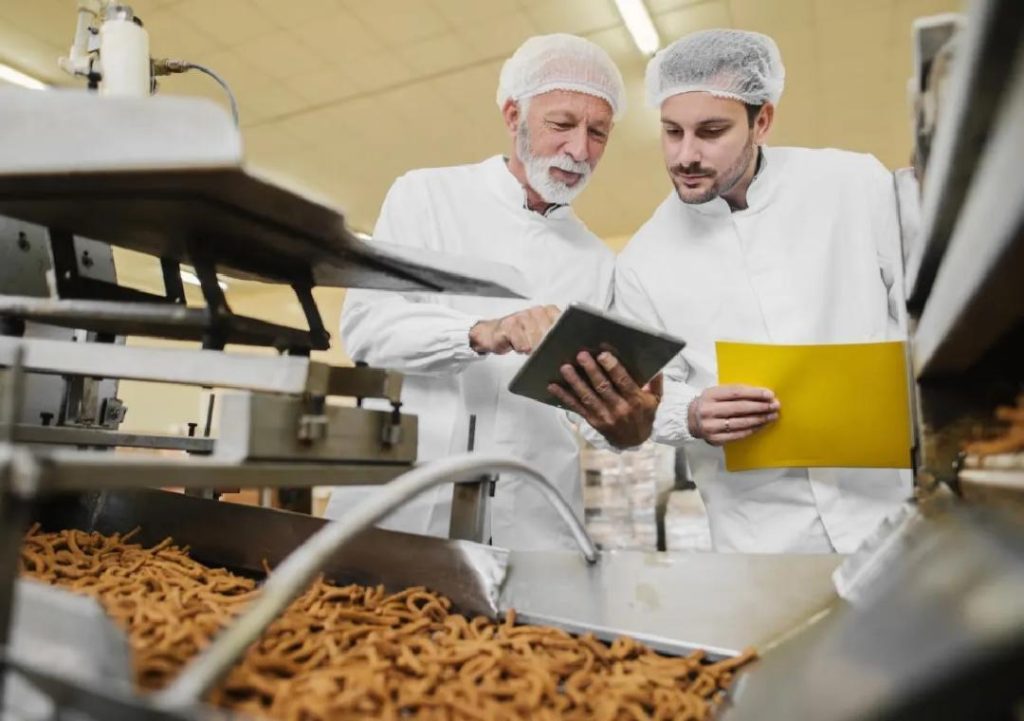
Can P&L Optimisation Redefine Success in Food Technology?
The food technology industry is known for its fast-paced and dynamic nature, with companies constantly striving to improve their operations, reduce costs, and increase profitability. One key area where food tech companies can achieve these goals is through profit and loss (P&L) optimisation. By streamlining P&L operations, businesses can cut waste, sharpen demand forecasting, and support better decision-making. In this blog post, we’ll explore how P&L optimisation can redefine success in the food tech industry.
The Importance of P&L Optimisation
P&L optimisation is the process of analysing and managing the financial performance of a business to maximise profitability. In the food tech industry, where profit margins are often thin, optimising P&L operations can be a game-changer. By identifying areas of waste and inefficiency, companies can reduce costs, increase revenue, and improve their overall financial performance.
Automation: A Key Driver of P&L Optimisation
One of the key drivers of P&L optimisation in the food tech industry is automation. By automating routine tasks and processes, businesses can reduce errors, increase efficiency, and free up staff to focus on higher-value activities. For example, automating inventory management can help companies track stock levels, predict demand, and reduce waste.
Smart Inventory Systems: A Key Component of P&L Optimisation
Smart inventory systems are a crucial component of P&L optimisation in the food tech industry. These systems use data analytics and machine learning to track inventory levels, predict demand, and optimise stock levels. By doing so, companies can reduce waste, improve forecast accuracy, and increase profitability.
Data Analytics: Unlocking Insights for Better Decision-Making
Data analytics is another key driver of P&L optimisation in the food tech industry. By analysing large datasets, companies can gain insights into customer behaviour, demand patterns, and operational inefficiencies. This information can be used to inform business decisions, identify areas for improvement, and drive growth.
Scalable Models: The Key to Sustainable Growth
In the food tech industry, scalability is critical to success. By developing scalable models, companies can quickly adapt to changing market conditions, expand their customer base, and increase revenue. P&L optimisation is a key component of scalable models, as it allows companies to identify areas of inefficiency, reduce costs, and increase profitability.
Benefits of P&L Optimisation in Food Tech
So, what are the benefits of P&L optimisation in the food tech industry? Some of the key advantages include:
- Reduced waste: By optimising inventory levels and reducing waste, companies can increase profitability and reduce costs.
- Improved demand forecasting: By using data analytics and machine learning to predict demand, companies can improve forecast accuracy and reduce stockouts.
- Better decision-making: By analysing large datasets and gaining insights into customer behaviour, companies can make better informed decisions and drive growth.
- Increased scalability: By developing scalable models, companies can quickly adapt to changing market conditions and expand their customer base.
- Improved customer satisfaction: By reducing waste and improving demand forecasting, companies can increase customer satisfaction and loyalty.
Case Studies: P&L Optimisation in Food Tech
Several food tech companies have successfully implemented P&L optimisation strategies to improve their financial performance. Here are a few case studies:
- Company X: A leading food tech company reduced waste by 20% and increased profitability by 15% by implementing an automated inventory management system.
- Company Y: A food tech company improved demand forecasting by 30% and reduced stockouts by 25% by using data analytics and machine learning to predict demand.
- Company Z: A food tech company increased scalability by 50% and reduced costs by 20% by developing a scalable model and implementing P&L optimisation strategies.
Conclusion
P&L optimisation is a critical component of success in the food tech industry. By streamlining P&L operations, companies can reduce waste, sharpen demand forecasting, and support better decision-making. Automation, smart inventory systems, and data analytics are key drivers of P&L optimisation, and scalable models are the key to sustainable growth. By adopting P&L optimisation strategies, food tech companies can increase profitability, reduce costs, and stay competitive in the industry.
News Source:
https://www.growthjockey.com/blogs/p-and-l-operations-in-food-tech






